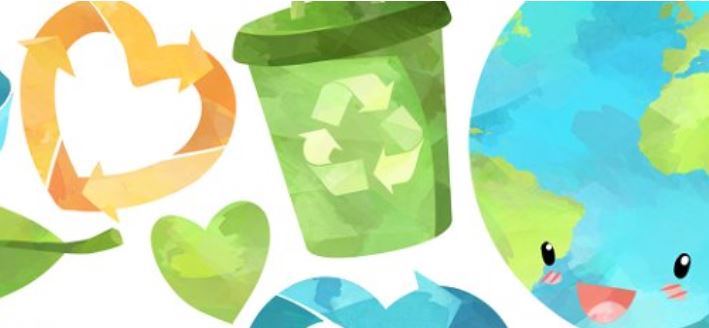Toastmasters International was founded in the 1970s. Their approach to public speaking as helped millions of people and has created a network of public speakers across the globe. For over 30 years, all Toastmasters bean their journey within the organization by getting a booklet of ten speaking projects. After completing these initial ten projects, an individual eared the title and accolade of being a Competent Communicator (CC)! This achievement is the first of many that a Toastmaster can earn. The acronym CC is sprinkled on meeting agendas and on member nametags. It’s a prize and a milestone to be celebrated.
In 2017, Toastmasters began rolling out a new and revised set of speaking projects for members. These new projects include topics like blogging and podcasting- communication forms that weren’t prominent when Toastmasters began. The new speaking program is called Pathways. It features ten different progression models for members to choose from. Instead of working from the same booklet as everyone else, there is now some tailoring and customization that a member can engage with from day one.
Why Pathways?
When someone comes to Toastmasters, they are joining for a personal reason. They might be trying to improve their interview skills to get a better job. They may be working on their skills as a presenter and integrating media into their presenting skills. A person may be attending because they want to be able to speak at their child’s upcoming wedding or at a co-worker’s retirement party.
Pathways allows a Toastmaster to select a goal or objective and work towards that goal. Instead of working to achieve CC, a toastmaster is working on a goal they are choosing from the very beginning. Pathways is less generic. Pathways is more customizable. Pathways is more tailored to the individual.
Getting Started in Pathways
When a new member joins Pathways, they log in to the Pathways website and they are invited to take a quiz. The quiz takes about 15 minutes. During this time the individual is asked to make some choices about why they are at Toastmasters. They are also asked to rate some of their own skills. Based on early selections in the quiz, follow up questions change. It’s quite possible for two people to take the quiz and have entirely different questions and results. Remember, Pathways supports an individual’s journey at Toastmasters and this is reflected from the very beginning.
After the quiz is finished, Toastmasters will recommend three paths to the individual. They can select one of these, but they may also select any path from the full set of ten. Once a path is selected a Toastmaster can activate the path and get to work on their projects.
How is Pathways like Competent Communicator?
In the Competent Communicator manual, you are given 10 projects to work on. Most of these projects have been preserved and are presented in the Pathways program. In Pathways, an individual will complete 10 speeches as the complete Level 3. It is my opinion that a club should celebrate the completion of Competent Communicator and Pathways Level 3 equivalently.
How is Pathways different from Competent Communicator?
Each Pathways path has 5 levels. A pathways path is not concluded until a Toastmaster completes level 5. With the Competent Communicator series, a person finishes their first ten projects and is then given the opportunity to select an Advanced Manual to work from. It isn’t until after this first milestone that an individual is given the opportunity to personalize and customize their Toastmasters journey.
I am excited to be one of the early adopters of Pathways at my club. I am happy to talk to members about their goals and interests and I really enjoying discovering what paths they have selected. I am excited to see the similarities and differences in the paths as my fellow Toastmasters and I progress.
Have you joined Pathways yet? What path did you select?



